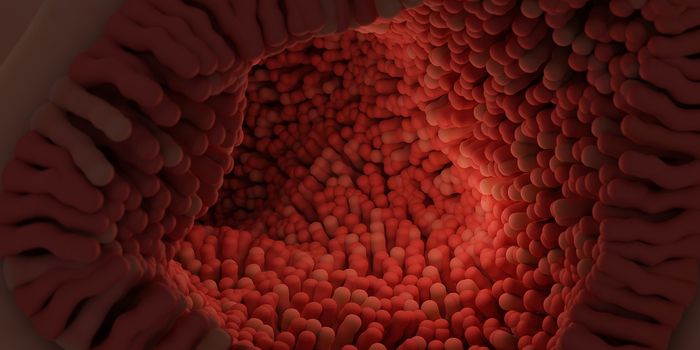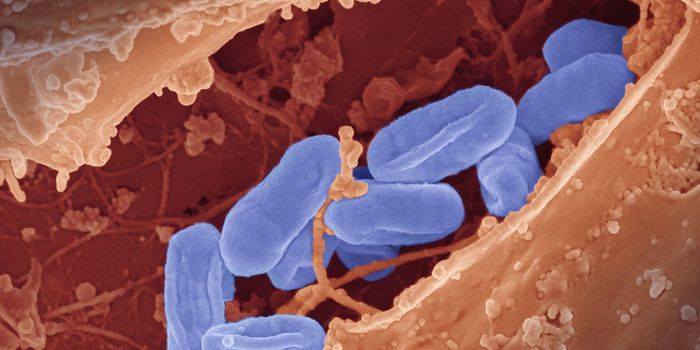The Lasting Glow of Tube Worm Slime
Tube worms are ancient creatures that can be found near hydrothermal vents on the seafloor. They don't mind the pressure or lack of sunlight, and they have no mouth or digestive tract. Bacteria that live in endosymbiosis with the tube worms supply them with energy.
When the marine parchment tube worm is threatened, it releases a glowing, sticky slime. The blue light emitted by the slide is long-lasting, and research has suggested that it's self-sustaining.
"The light, or bioluminescence, produced by this worm does not appear as flashes, like in most luminous organisms, but as a long-lasting glow," said Evelien De Meulenaere, Ph.D., a researcher in Dimitri Deheyn's lab at the Scripps Institution of Oceanography. "Understanding the mechanisms of this bioluminescence process could inform the design of a light stick that works for several days or, with further optimization, environmentally friendly garden and street lighting."
When the scientists determined that the light was not being produced by any metabolic pathways in the organism, they knew that something else had to be maintaining the luminescence. The research revealed that the slime contained a protein called ferritin, which can store iron. When iron was added to the slime artificially, it caused the production of light to increase. The investigators suggested that this may mean that ferritin is acting as a kind of biochemical energy repository.
When ferritin was exposed to blue light, the researchers found that more iron was then made available. When blue light shined on the slime, bursts of light were triggered that lasted for several minutes.
"A light source based on this mechanism could be remotely triggered using blue light to initiate and amplify the process," said De Meulenaere. "Once we understand exactly how light production happens in the natural system, that information could potentially be used to develop a long-lasting light that is also biodegradable and rechargeable."
Bioluminescence is often used in biomedical research and in reporter assays, and this research may aid in the development of a novel bioluminescent system, or in tests that require a long-lasting signal. Since it's linked to iron, it may also be useful in the diagnosis of iron deficiencies.
This work was originally supposed to be presented at the annual meeting of the American Society for Biochemistry and Molecular Biology, which had to be canceled because of the COVID-19 pandemic. It's now been reported in The FASEB Journal.
Sources: AAAS/Eurekalert!, The FASEB Journal










